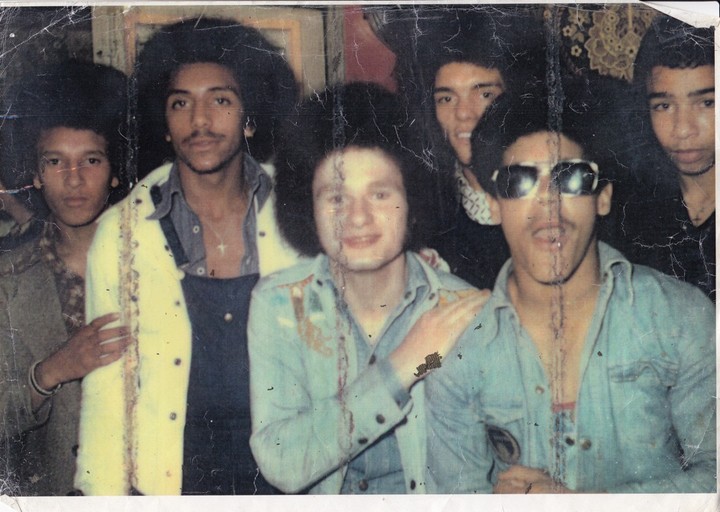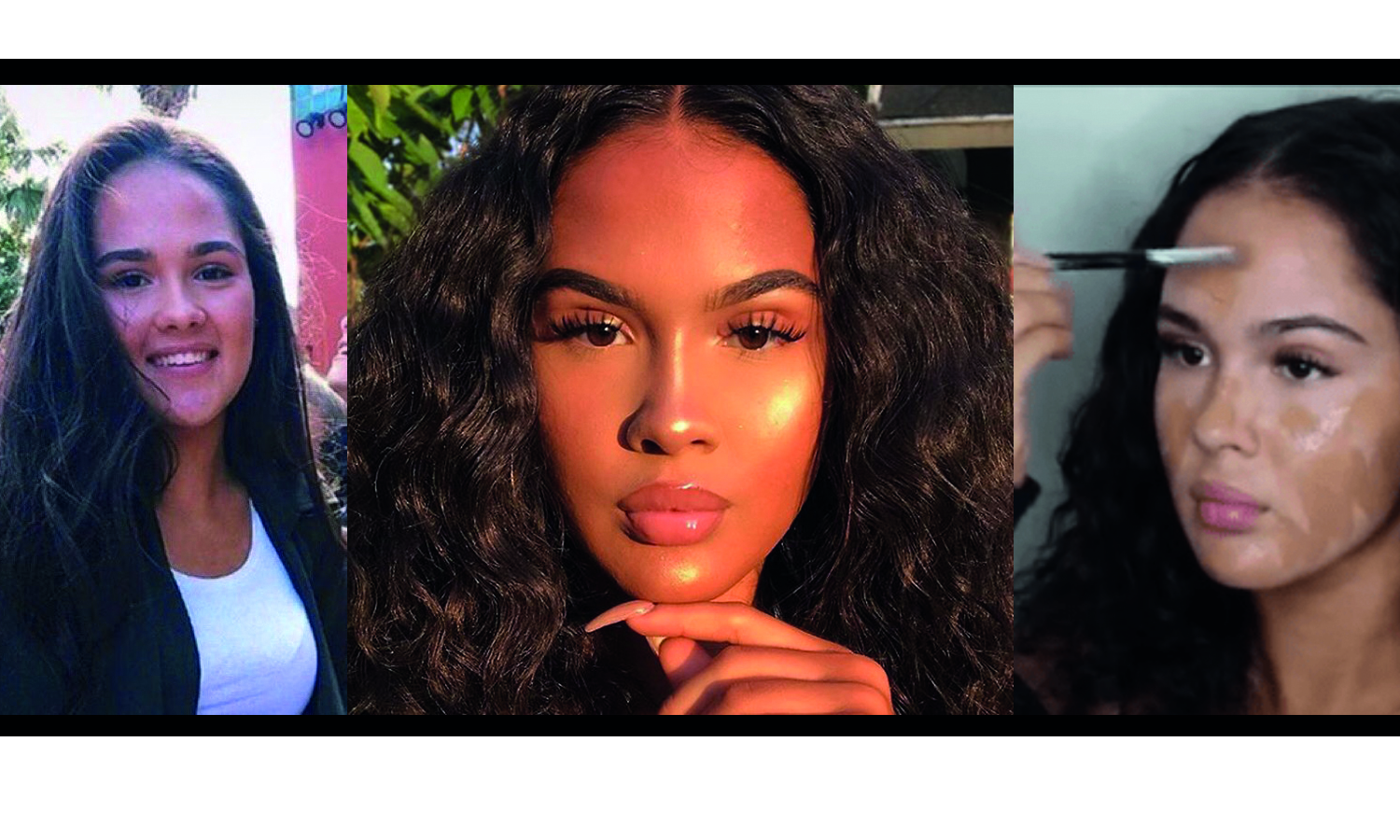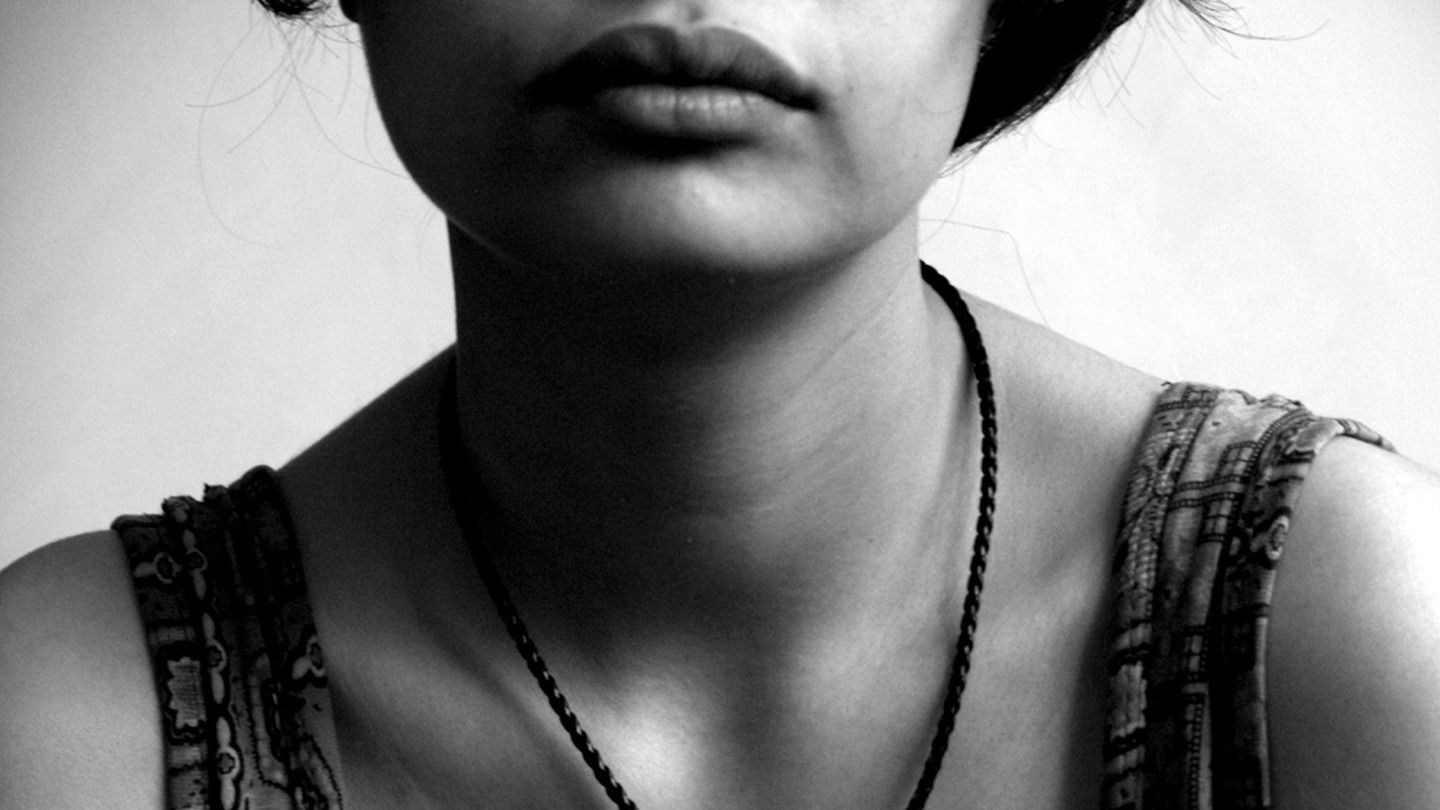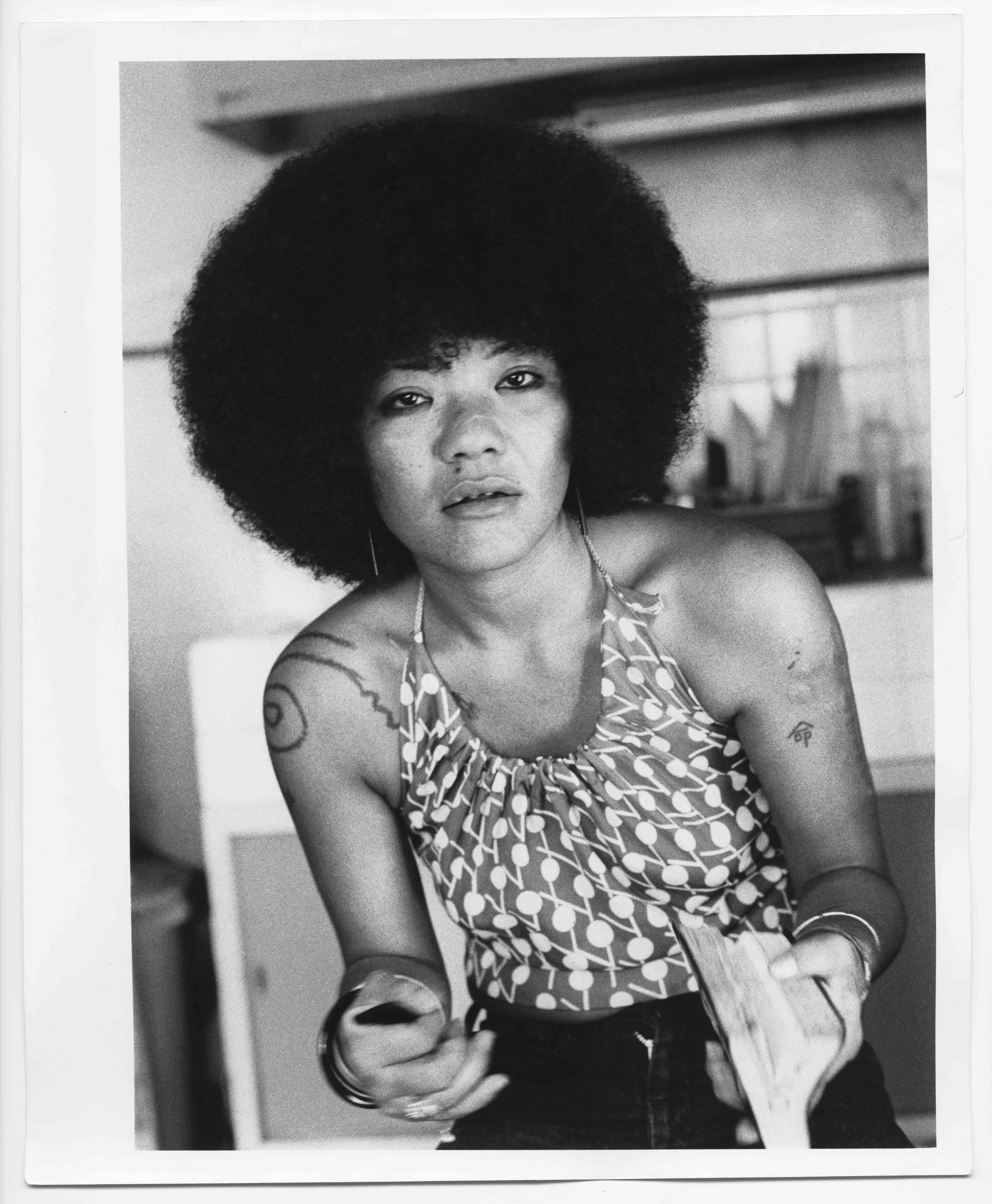the forgotten history of the reno: manchester’s original nightclub for mixed race youthPosted in Articles, Arts, History, Media Archive, United Kingdom on 2019-03-05 13:02Z by Steven |
the forgotten history of the reno: manchester’s original nightclub for mixed race youth
Kamila Rymajdo, Northern correspondent

Image from @excavatingthereno
Thirty years after it closed, Manchester nightclub the Reno has been excavated by playwright Linda Brogan and a team of volunteers — now they’re taking over Whitworth Art Gallery to continue telling its story.
“We dipped our fingers in the fountain of youth,” is how Jamaican-Irish playwright Linda Brogan explains the 2017 archaeological excavation of The Reno, Manchester’s original nightclub for mixed-race youth. Opened in the early 1960s, and famously visited by Muhammad Ali, the funk and soul venue enjoyed a heyday in the 1970s, only to close in 1986, and be demolished a year later. Overgrown by grass in the multi-ethnic neighbourhood of Moss Side — where Manchester’s Irish, West Indian and African communities have traditionally lived — it was all but forgotten. Until now.
“Once you got in, it was like you were home,” remembers Barrie George, a retired Manchester City Football Club steward, who partook in the club’s excavation.
Stigmatised by the 1930 ‘Fletcher Report’ (a controversial paper that described children of mixed heritage as suffering from inherent physical and mental defects) people such as Barrie and Linda found themselves caught between two different communities. “When we’d go to town, white people would say, ‘black this, black that,’ then we’d go out in Moss Side and the Jamaican people would go, ‘you mixed race, two nation, people with no countries,’ so it was like we were battling with two,” explains another Reno regular, Steve Cottier, his words echoing around the vast expanse of Whitworth Art Gallery’s upper floor. We’re here because, starting on 15 March, the gallery will be the site of a year long residency, during which Linda, and twelve former Reno regulars, will explore the club’s historical context and attempt to strengthen its legacy…
Linda Brogan Contact interview from matt kowalczuk on Vimeo.
Read the entire article here.



